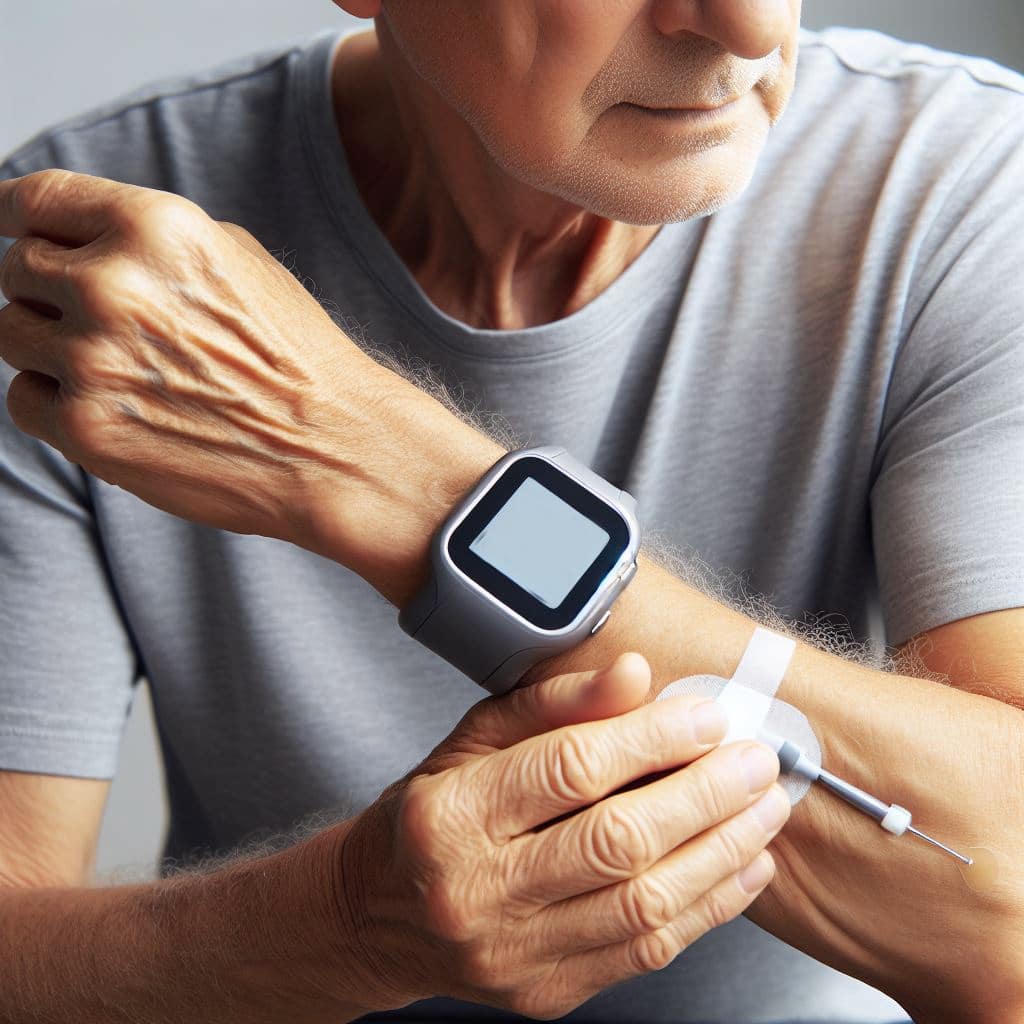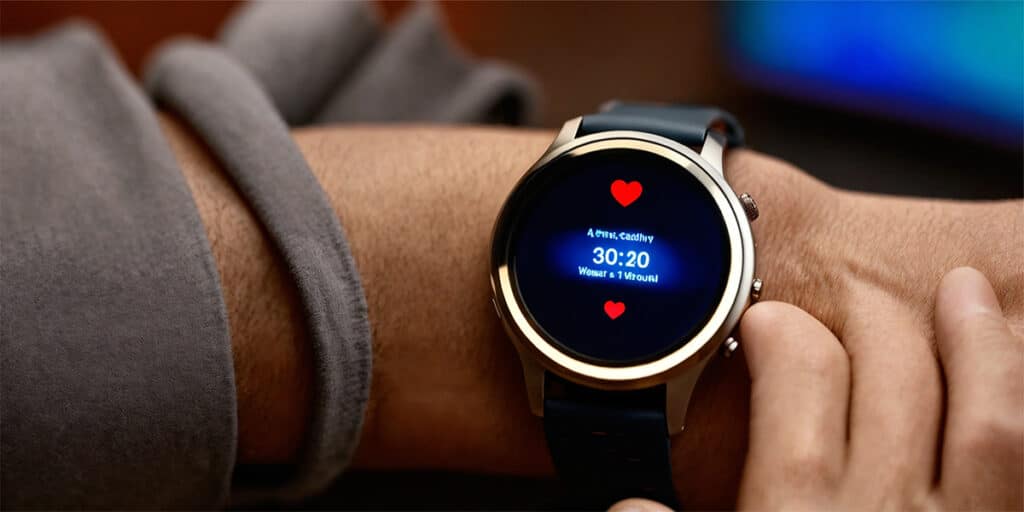- 1. The Rise of Wearable Insulin Delivery Systems
- 2. Benefits of Wearable Insulin Devices
- 3. Integrating Wearables into Diabetes Management
- 4. The Impact of Wearables on Lifestyle Management
- 5. Navigating Challenges and Considerations
- 6. Insulin Delivery Revolutionized by Wearables: Your FAQs Answered
The management of diabetes has long been a challenge that requires constant vigilance and a delicate balance of lifestyle and medical intervention. Traditional methods of insulin delivery often disrupt daily life, making diabetes management not just a medical issue but also a significant lifestyle concern.
The advent of wearable technology, specifically designed for insulin delivery, marks a revolutionary step forward. These devices not only streamline the process but also enhance the precision and ease of managing blood sugar levels.
The Rise of Wearable Insulin Delivery Systems
Wearable insulin delivery systems have transformed the landscape of diabetes care. These smart devices offer a discreet, user-friendly way to manage insulin needs without the constant interruptions for injections. With advancements in technology, wearables now incorporate real-time glucose monitoring, allowing for automatic insulin adjustments that more closely mimic the body’s natural insulin production.
Benefits of Wearable Insulin Devices
Continuous Monitoring and Adjustment: Wearables provide continuous glucose monitoring and automatic insulin dosing, significantly reducing the risk of both hyperglycemia and hypoglycemia.
Improved Quality of Life: The convenience and discretion offered by wearable devices allow individuals with diabetes to enjoy a more flexible and less intrusive lifestyle.
Data-Driven Decisions: These devices collect vast amounts of data, enabling more informed decision-making by both patients and healthcare providers.
Integrating Wearables into Diabetes Management
The integration of wearable insulin delivery systems into diabetes management signifies a paradigm shift in how individuals approach their diabetes care. Understanding the intricacies of this technology is the first step toward harnessing its full potential. These devices, sophisticated in their operation, offer real-time insights into glucose levels, demanding a level of digital literacy and comfort from the user. Trust in the technology is fundamental, as wearables automate a process that has traditionally been manual.
The transition to relying on a device for insulin delivery involves a learning curve, where interpreting data becomes a daily routine. Education plays a pivotal role in this journey. Healthcare providers must equip patients with the knowledge to navigate their devices confidently, ensuring they understand how to act on the information provided. Support doesn’t end with initial education; ongoing dialogue between patients and healthcare teams ensures that individuals continue to reap the benefits of their wearables, adjusting use as their lifestyle or health status changes.
| Feature | Description | Impact on Diabetes Management |
|---|---|---|
| Continuous Glucose Monitoring | Real-time tracking of glucose levels without manual testing. | Enables timely adjustments to insulin dosing, reducing the risk of hypo- and hyperglycemia. |
| Automated Insulin Delivery | Automatic adjustment of insulin based on glucose levels. | Improves glycemic control and reduces the burden of manual insulin management. |
| Data Analytics | Comprehensive data collection on glucose trends and insulin dosing. | Facilitates personalized diabetes care plans and improves long-term outcomes. |
| User-Friendly Interface | Intuitive design and easy-to-navigate controls. | Increases device adoption and patient satisfaction, enhancing overall quality of life. |
| Discreet and Convenient | Wearable technology that is unobtrusive and integrates into daily life. | Supports an active lifestyle without constant concern over diabetes management. |
The Impact of Wearables on Lifestyle Management
Wearable insulin devices transcend their role as medical tools, significantly influencing the lifestyle of their users. By automating insulin delivery, these devices liberate individuals from the constant interruptions of traditional glucose management, granting them the freedom to engage in activities without the looming concern of their diabetes. This autonomy enhances confidence, empowering users to pursue an active and unrestricted lifestyle.
Moreover, the precision and reliability of wearables in managing glucose levels alleviate the anxiety associated with the potential for hypo- or hyperglycemia, providing a sense of security that permeates all aspects of life. The psychological benefits of this peace of mind cannot be overstated; it fosters a more positive outlook on living with diabetes, highlighting the profound lifestyle benefits that wearables offer beyond mere medical management.
Navigating Challenges and Considerations
Despite the transformative benefits of wearable insulin delivery systems, adopting this technology is not without its hurdles. Selecting the right device is a critical decision that hinges on personal health needs, lifestyle considerations, and, importantly, financial capacity. The market offers a range of devices, each with its own set of features and operational requirements.
Insurance coverage plays a significant role in this decision-making process, as the cost of wearables and their requisite supplies can be prohibitive for some. Navigating insurance policies and coverage options is often a complex task, requiring diligence and sometimes advocacy on the part of the patient or their caregivers.
Adapting to the technology also presents a challenge, particularly for those who may not be technologically savvy. This adaptation goes beyond learning to operate the device; it involves integrating the technology into daily life in a way that enhances, rather than complicates, diabetes management. Open communication with healthcare providers is essential in overcoming these challenges. Support groups, whether online or in person, also offer a platform for sharing experiences and solutions, providing a community of encouragement and advice for those adjusting to life with a wearable insulin device.
Insulin Delivery Revolutionized by Wearables: Your FAQs Answered
What are wearable insulin delivery systems?
Wearable insulin delivery systems are advanced medical devices designed to automatically monitor blood glucose levels and administer insulin as needed. They combine continuous glucose monitoring (CGM) with insulin pump technology to manage diabetes more effectively.
How do wearable insulin delivery systems work?
These systems work by continuously monitoring glucose levels through a sensor placed under the skin. When glucose levels rise, the device automatically calculates and delivers the appropriate amount of insulin through a small pump attached to the body.
Who can benefit from using wearable insulin delivery systems?
Individuals with type 1 diabetes who require insulin therapy can greatly benefit from these systems. People with type 2 diabetes who use insulin may also find wearable systems helpful in managing their condition.
How do I choose the right wearable insulin delivery system?
Choosing the right system involves consulting with your healthcare provider to discuss your specific diabetes management needs, lifestyle, and the features of different devices.
How can I deal with emotional eating when it comes to portion control?
Recognize emotional triggers and find alternative ways to cope, such as journaling, walking, or talking to a friend.
Can wearable insulin delivery systems completely replace finger-stick blood glucose testing?
While these systems significantly reduce the need for finger-stick testing, occasional manual blood glucose tests may still be recommended to calibrate the device or verify its readings.
How often do I need to change the sensor or infusion set?
Sensors typically need to be replaced every 7 to 14 days, depending on the device. Infusion sets should be changed every 2 to 3 days to prevent infection and ensure insulin is delivered properly.
What should I do if my wearable insulin device malfunctions?
If you suspect a malfunction, contact the device manufacturer’s support line immediately. Always have a backup plan for monitoring and administering insulin in case of device failure.
Are wearable insulin delivery systems covered by insurance?
Coverage varies by insurance plan and country. Many insurance providers cover these systems under certain conditions, but you should check with your insurer for specific details.
How do wearable insulin delivery systems impact daily life?
Users often report improved quality of life, including fewer worries about unexpected glucose fluctuations, more flexibility in daily activities, and a general sense of empowerment over their diabetes management.
Citations
- Pickup, J. C., & Sutton, A. J. (2008). “Severe hypoglycaemia and glycaemic control in Type 1 diabetes: Meta-analysis of multiple daily insulin injections compared with continuous subcutaneous insulin infusion.” Diabetic Medicine, 25(7), 765-774. This study provides evidence supporting the effectiveness of continuous subcutaneous insulin infusion (CSII) over multiple daily injections for reducing severe hypoglycemia in Type 1 diabetes.
- Battelino, T., Conget, I., Olsen, B., Schütz-Fuhrmann, I., Hommel, E., Hoogma, R., … & DeVries, J. H. (2012). “The use and efficacy of continuous glucose monitoring in type 1 diabetes treated with insulin pump therapy: a randomised controlled trial.” Diabetologia, 55(12), 3155-3162. This randomized controlled trial examines the efficacy of continuous glucose monitoring in patients with Type 1 diabetes on insulin pump therapy, highlighting the benefits of integrated wearable technology in diabetes management.
- Klonoff, D. C., Buckingham, B., Christiansen, J. S., Montanya, E., Tamborlane, W. V., Vigersky, R. A., & Wolpert, H. (2013). “Continuous glucose monitoring: An Endocrine Society clinical practice guideline.” The Journal of Clinical Endocrinology & Metabolism, 98(10), 4239-4248. The Endocrine Society’s clinical practice guideline offers comprehensive recommendations on the use of continuous glucose monitoring, underscoring its significance in diabetes care.
- Beck, R. W., Riddlesworth, T., Ruedy, K., Ahmann, A., Haller, S., Kruger, D., … & Dexcom Clarity Study Group. (2017). “Effect of continuous glucose monitoring on glycemic control in adults with type 1 diabetes using insulin injections: The DIAMOND randomized clinical trial.” JAMA, 317(4), 371-378. This pivotal study demonstrates the impact of continuous glucose monitoring on improving glycemic control among adults with Type 1 diabetes, emphasizing the role of wearable technology in enhancing treatment outcomes.








